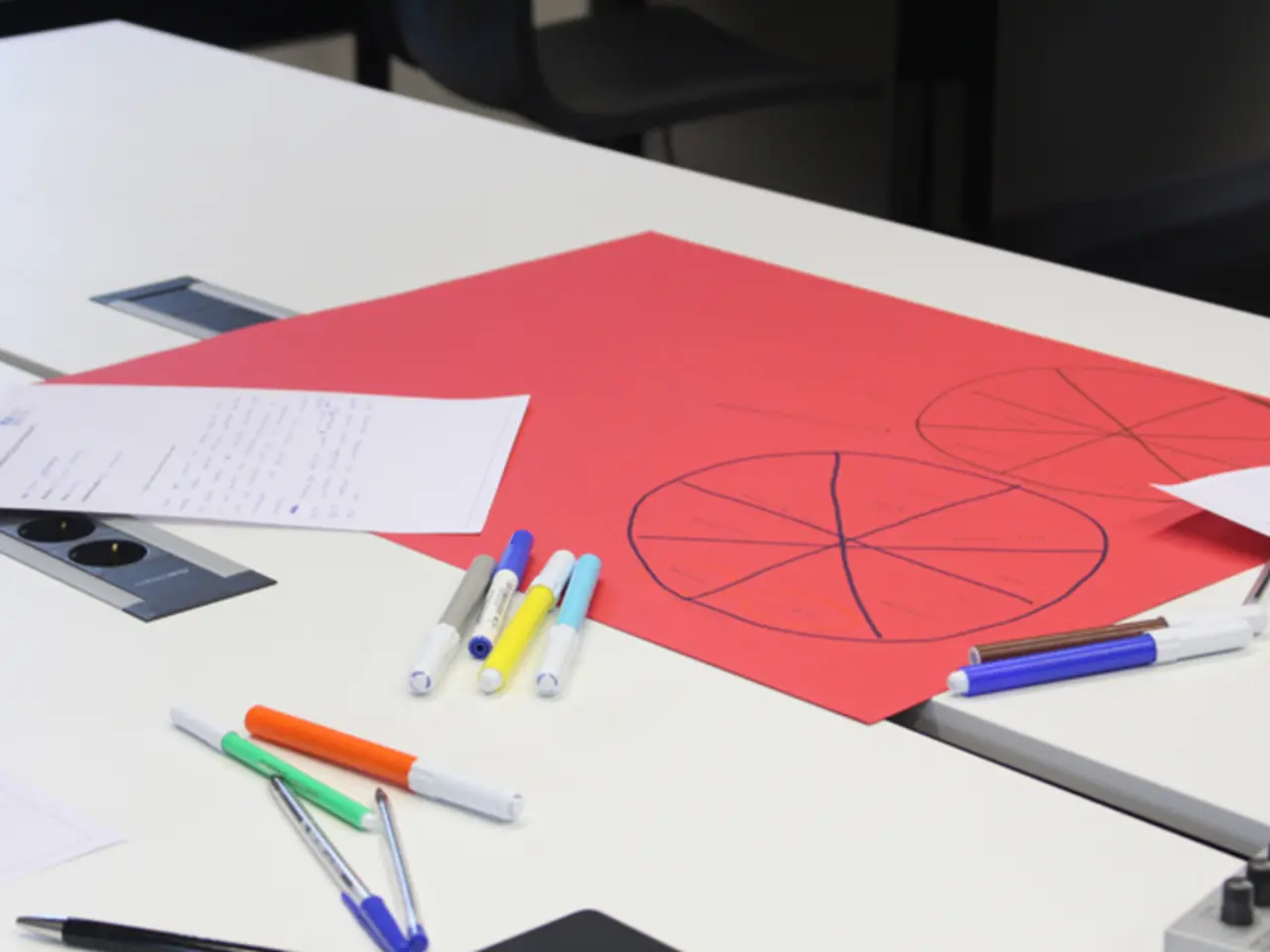Lunar seismic activities, or moonquakes, could potentially endanger upcoming lunar bases, experts warn
In the pursuit of establishing a permanent human presence on the moon, future lunar missions face potential risks from moonquakes and active faults. These geological threats could jeopardize the stability and safety of lunar bases and infrastructure, necessitating careful planning and precautions.
Although moonquakes are generally moderate, around magnitude 3.0, their effects on nearby structures can be significant, especially over long-term missions. The key concern lies with active faults, such as the Lee-Lincoln fault near the Apollo 17 site, which have repeatedly generated moonquakes over tens of millions of years and may still be active today. These faults could cause ground shaking capable of destabilizing landers, habitats, and other infrastructure, particularly those with high aspect ratios or sensitive equipment.
The probability of a damaging moonquake near an active fault on any given day is about 1 in 20 million. While this risk is low for short missions like Apollo 17, it increases to about 1 in 5,500 over a 10-year period, making it a significant consideration for sustained human presence.
To mitigate these risks, several precautions are being considered for future missions. These include selecting landing and base locations away from active faults and zones of known geological contraction, designing lunar infrastructure to withstand moderate ground acceleration, and incorporating seismic-resistant engineering principles. Comprehensive lunar geological surveys and seismic monitoring are also crucial for identifying and continuously assessing active faults and moonquake risks.
Additionally, considering subsurface habitats or underground shelters, such as lunar lava tubes, which naturally shield from seismic shocks and other hazards like radiation, is another important measure. Furthermore, implementing contingency plans and structural flexibility to manage unexpected moonquake events during long-term missions is essential.
These measures are crucial for ensuring astronaut safety and the integrity of equipment in upcoming programs like NASA's Artemis and future lunar colonization efforts. For instance, simulations have shown that shaking from a magnitude 3.0 moonquake could dislodge boulders and trigger landslides, posing potential hazards to future missions.
The Taurus-Littrow valley, the site of the Apollo 17 landing, offers insights into these risks. The trails of boulders in the valley align more with seismic shaking than impact debris patterns, suggesting that some boulders may not have been ejected by meteor impacts but by moonquakes. Thrust faults like the Lee-Lincoln scarp are common across the moon's surface and may still be seismically active today, posing potential hazards to future missions.
In conclusion, while the risk of a damaging moonquake near key infrastructure is not zero, careful site selection, seismic-resistant design, and comprehensive geological surveys can significantly reduce the danger. Building too close to active faults could pose potential hazards, and it is recommended to avoid building right on top of a scarp or recently active fault. NASA's Artemis program, aiming to establish a permanent human presence on the moon, will need to take these factors into account to ensure the success of future lunar missions.
News about lunar exploration missions highlights the importance of addressing geological threats, such as moonquakes and active faults, in the planning for permanent bases on the moon. To minimize the risk of damage to lunar infrastructure and astronaut safety, NASA's Artemis program and future colonization efforts should take precautions, including careful site selection, designing structures with seismic resistance, conducting comprehensive geological surveys, and implementing contingency plans for unexpected seismic events.




